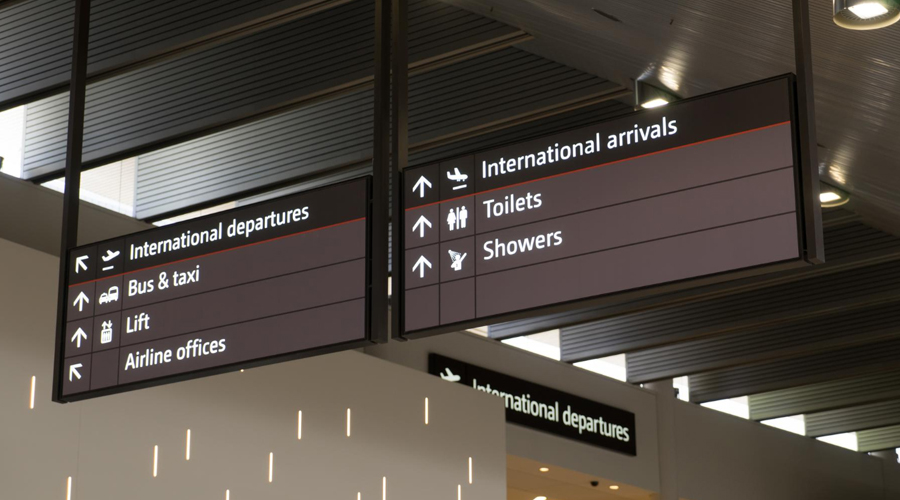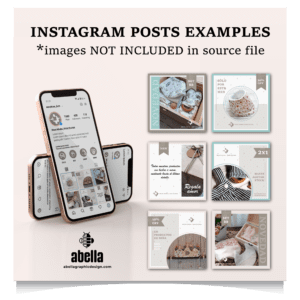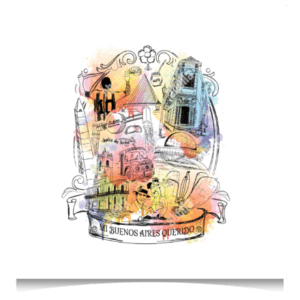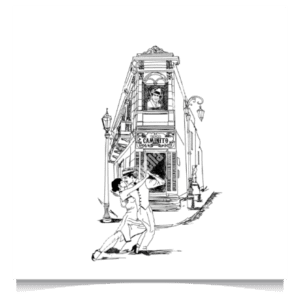Signage design is so important in our daily routine!. Let’s talk about something that we often overlook but greatly simplifies our lives. Let’s discuss those signs you see everywhere, from the streets to the supermarket. Have you ever paused to think about how essential they are? Allow me to explain why these signs are so crucial in our daily routine.
In the fast-paced world we live in, filled with distractions and responsibilities, signage has become an essential element to maintain order, safety, and efficiency in our daily lives. Although we often overlook their presence, signage plays a fundamental role in organizing our daily activities and safeguarding our well-being. From traffic signs on the streets to directions within buildings, signage provides us with crucial information that guides our actions and decisions. In this article, we explore why signage is so relevant in our daily lives.
1. Road Safety: A Key Element
When we talk about signage, it is inevitable to think about the traffic signs that populate our roads. These signs are the universal language of road safety. They inform us about speed limits, permitted directions, dangerous conditions and much more. Without these signs, our streets would become chaos, putting the lives of drivers, pedestrians and cyclists at risk. Road signs not only provide information, but also promote harmonious coexistence in traffic, reducing accidents and improving flow.
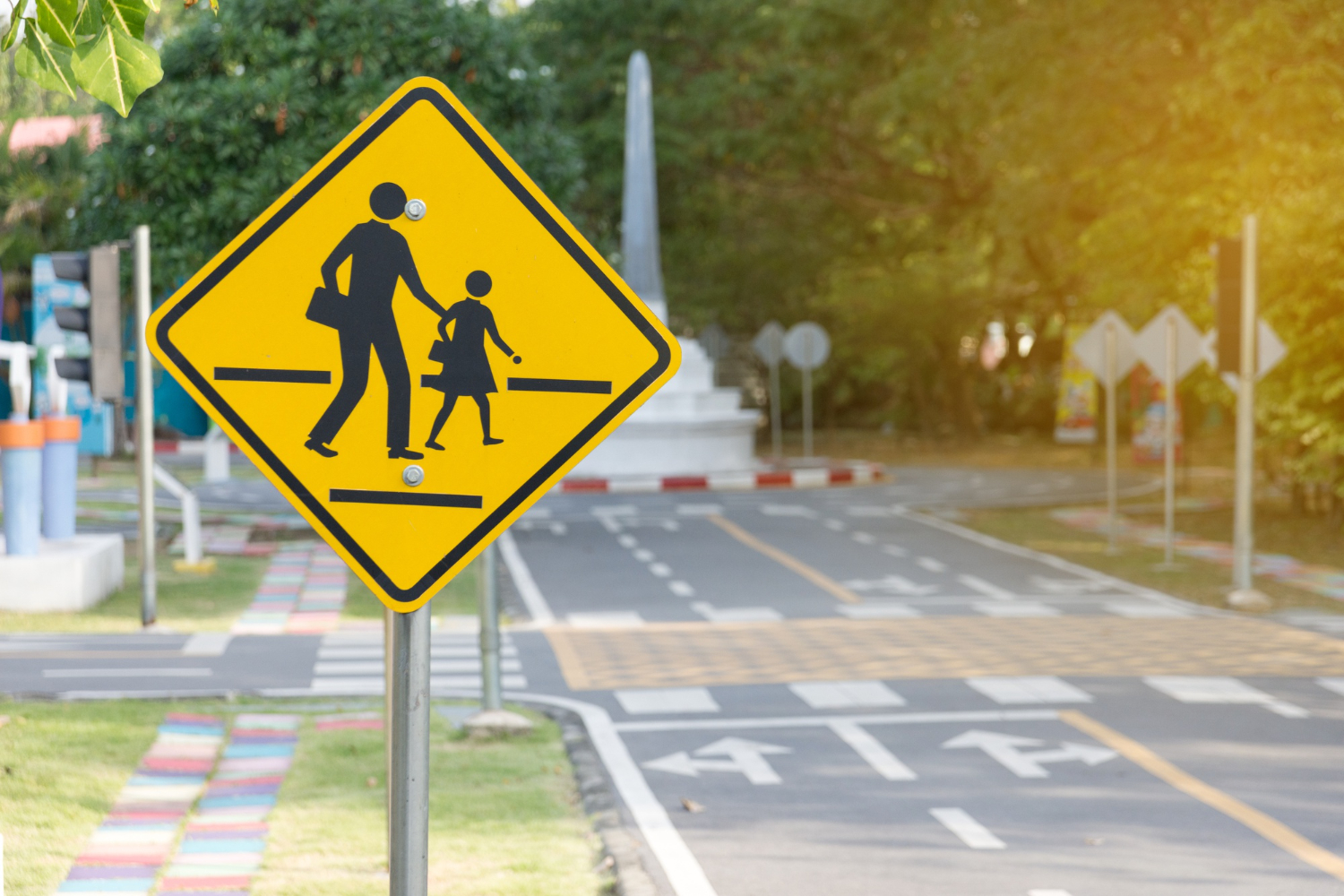

2. Efficiency in Public Spaces
Imagine entering a building without any signage to indicate where to go. Whether in a shopping mall, an airport, or a hospital, signage in these places ensures that visitors can easily find their way. The absence of clear signs could lead to confusion, frustration, and wasted time. Effective signage enhances the user experience and optimizes the flow of people, resulting in greater efficiency in managing public spaces.


3. Universal Communication
Signage goes beyond words. The symbols and pictograms used in signs are understandable to people from different languages and cultures. This makes signage a form of universal communication, eliminating language barriers and allowing information to reach a diverse audience. Whether it’s at an international airport or in a tourist area, signs convey messages without the need for translation.
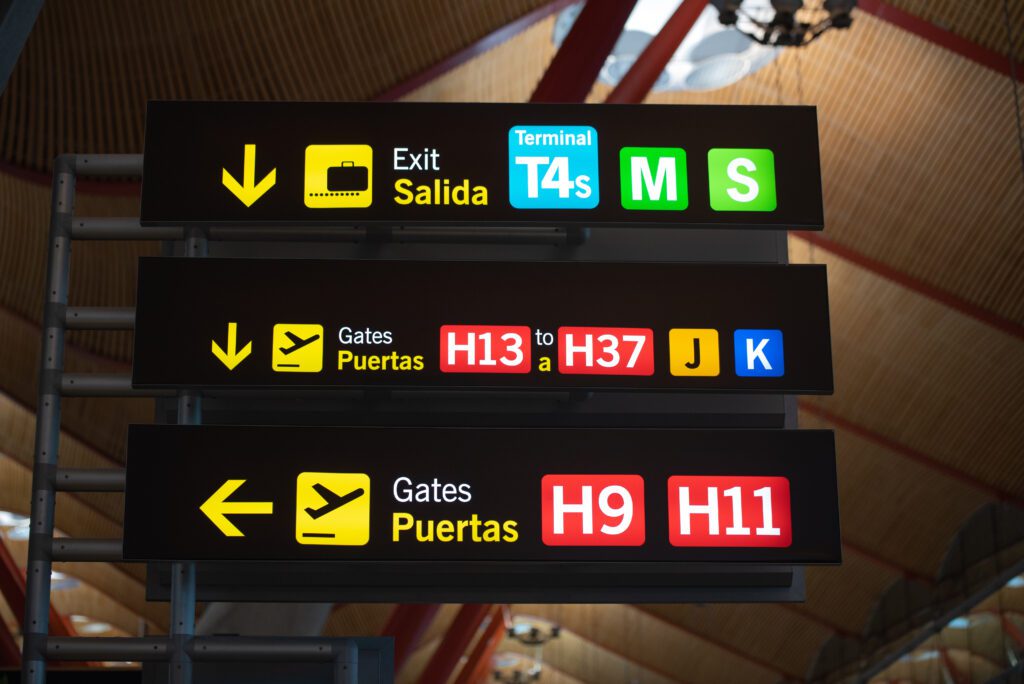

4. Risk Prevention
In many environments, such as factories, laboratories, or construction sites, signage plays a crucial role in risk prevention. Warning and safety signs inform workers and visitors about potential hazards and the precautionary measures they should take. This not only safeguards the safety of individuals but also prevents material damages and human losses.
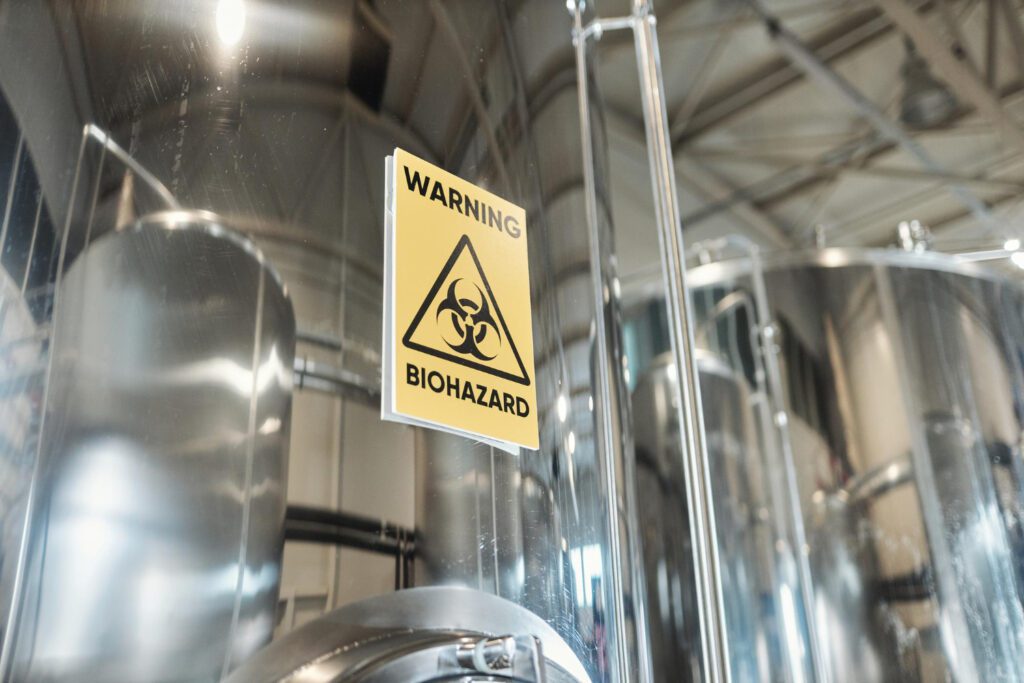
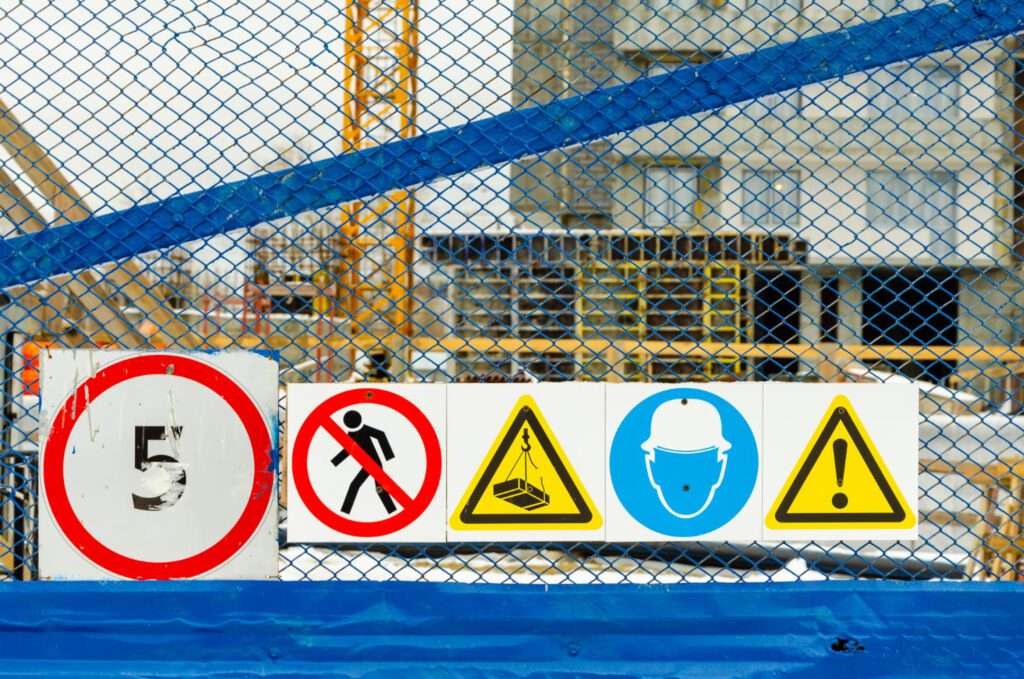
5. Education and Awareness
Signage not only has a practical impact but also educates and raises awareness. Educational signs in natural parks inform us about local flora and fauna, promoting conservation. Recycling signs in cities encourage sustainable practices. Signage can also serve as a visual reminder of social norms, such as signs indicating no-smoking areas or quiet zones.
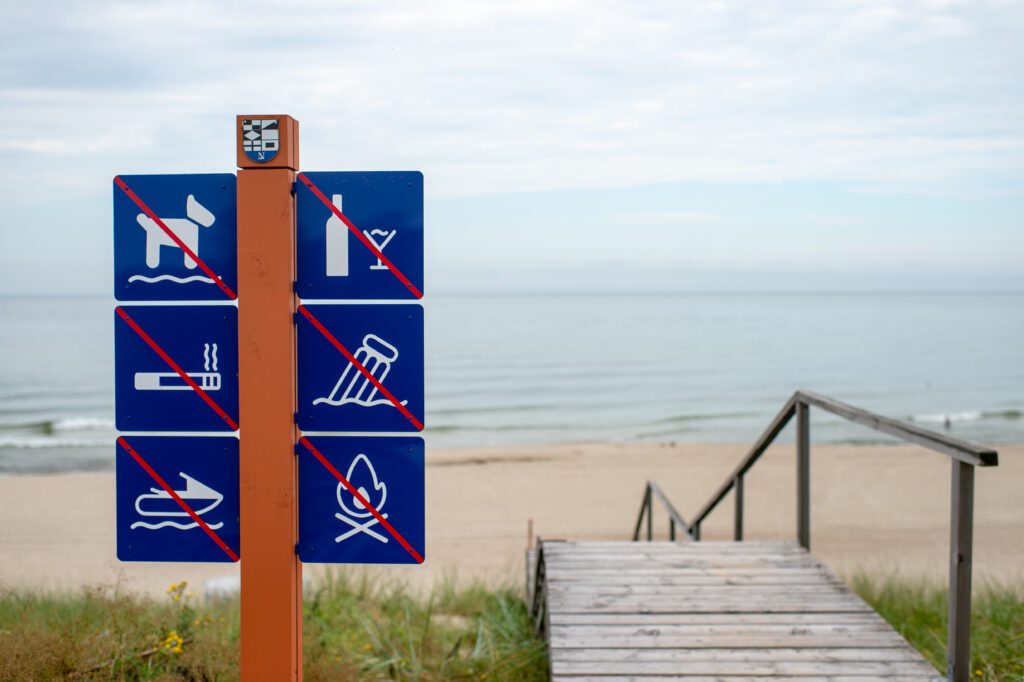
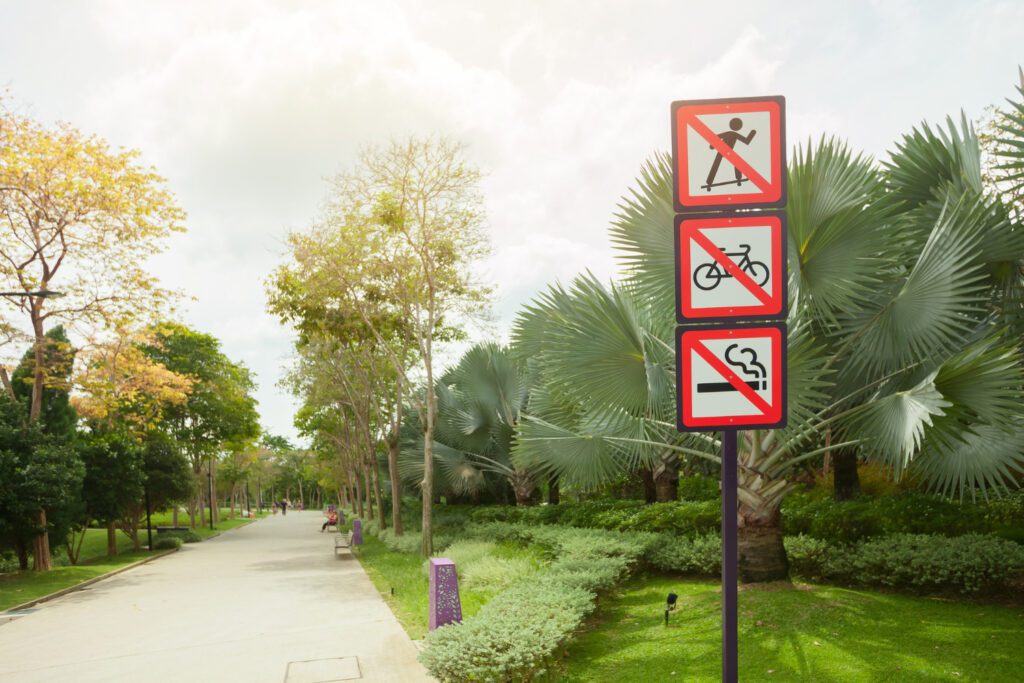
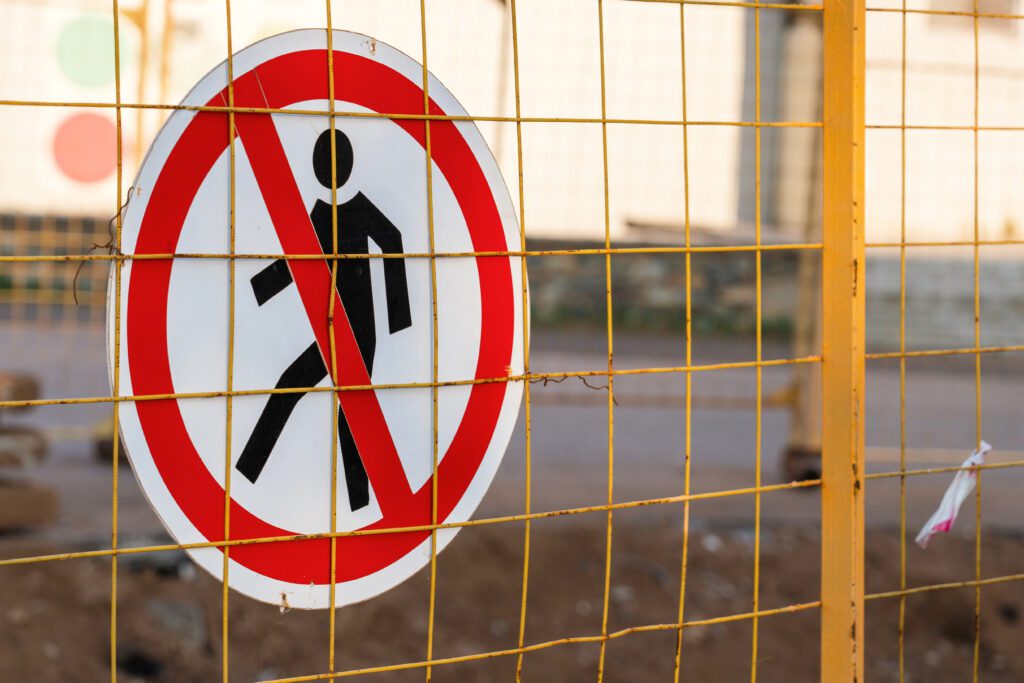
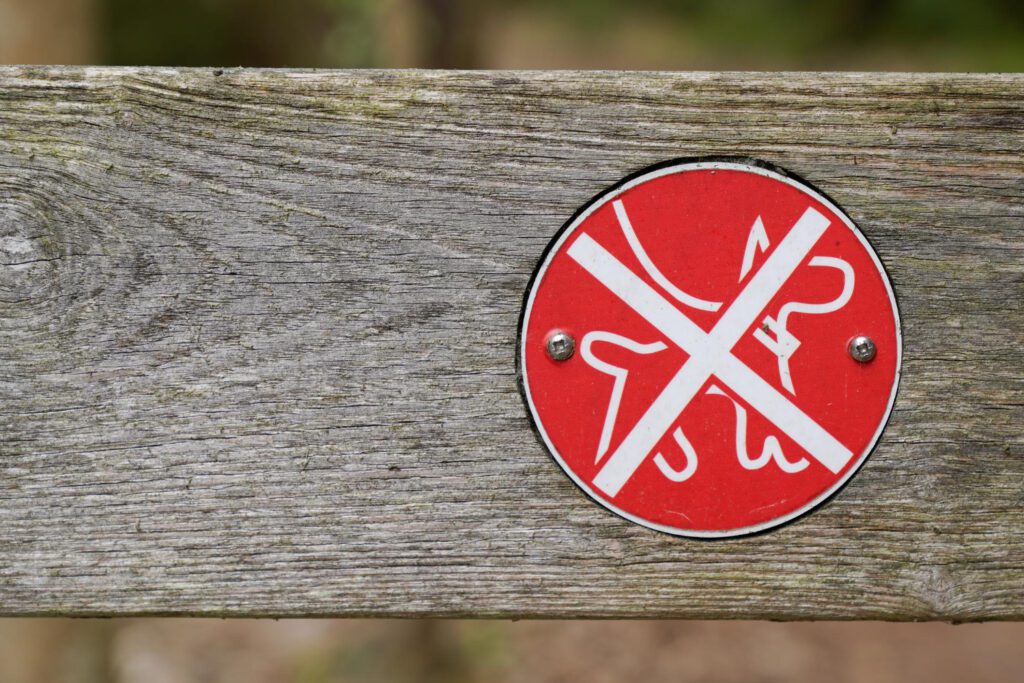
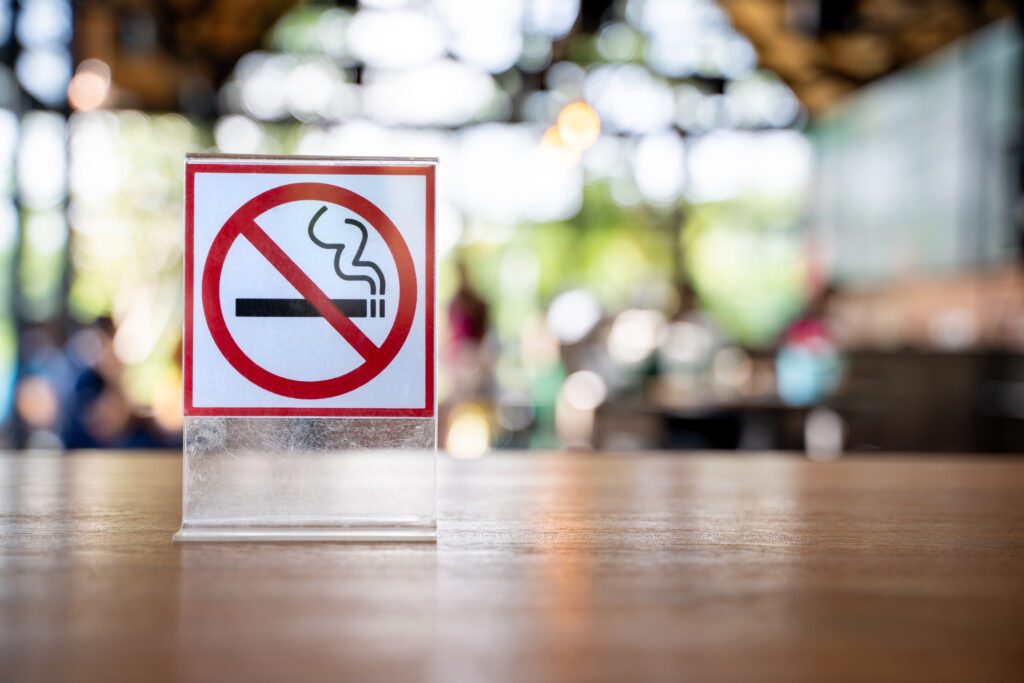
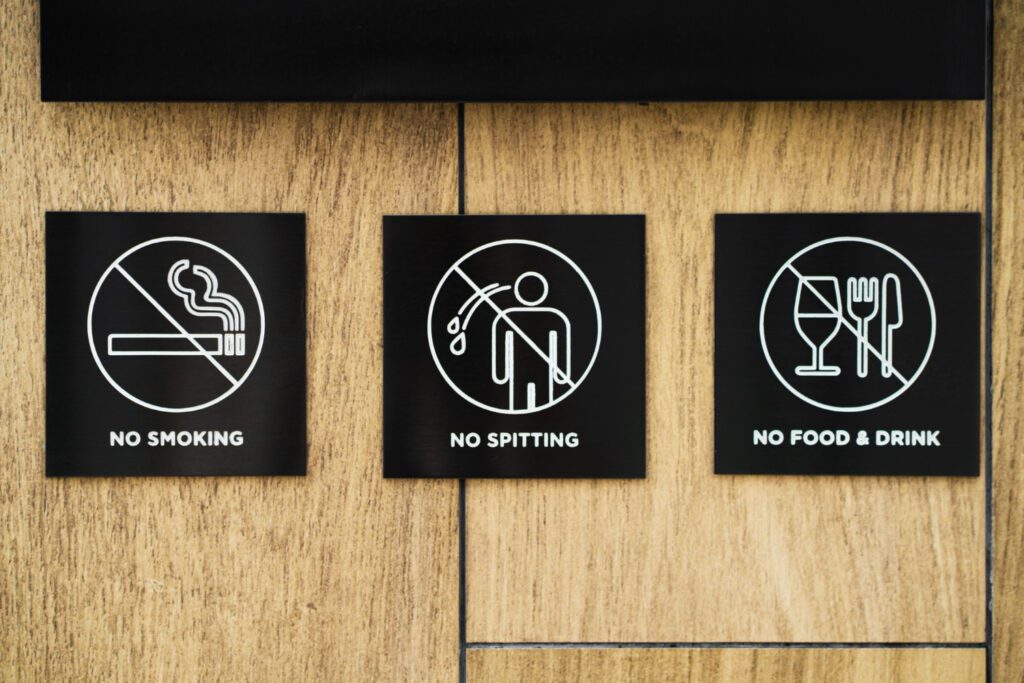
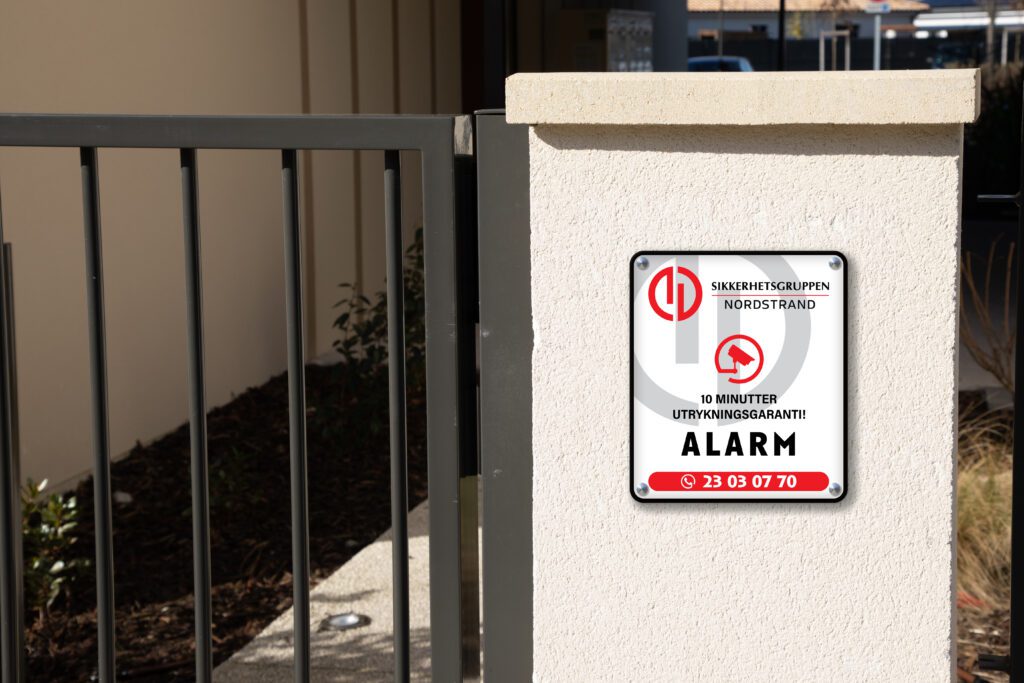
In summary, signage is an invisible yet essential component of our daily lives. It guides us, protects us, and enables us to interact with our environment safely and efficiently. From the streets to buildings, from road safety to risk prevention, signage has become a fundamental tool in maintaining the organized complexity of our modern world. The next time you find yourself following a sign on the street or in a building, remember that you are interacting with an information system that greatly contributes to making our daily lives smoother and safer.
One of the jobs I like the most is the one at the Corachan Clinic, carried out by the company Signes in collaboration with the design studio Mucho.
See also:
Signage design by abellagraphicdesign for the company Sikkerhergruppen Nordstrand.

